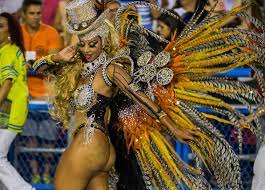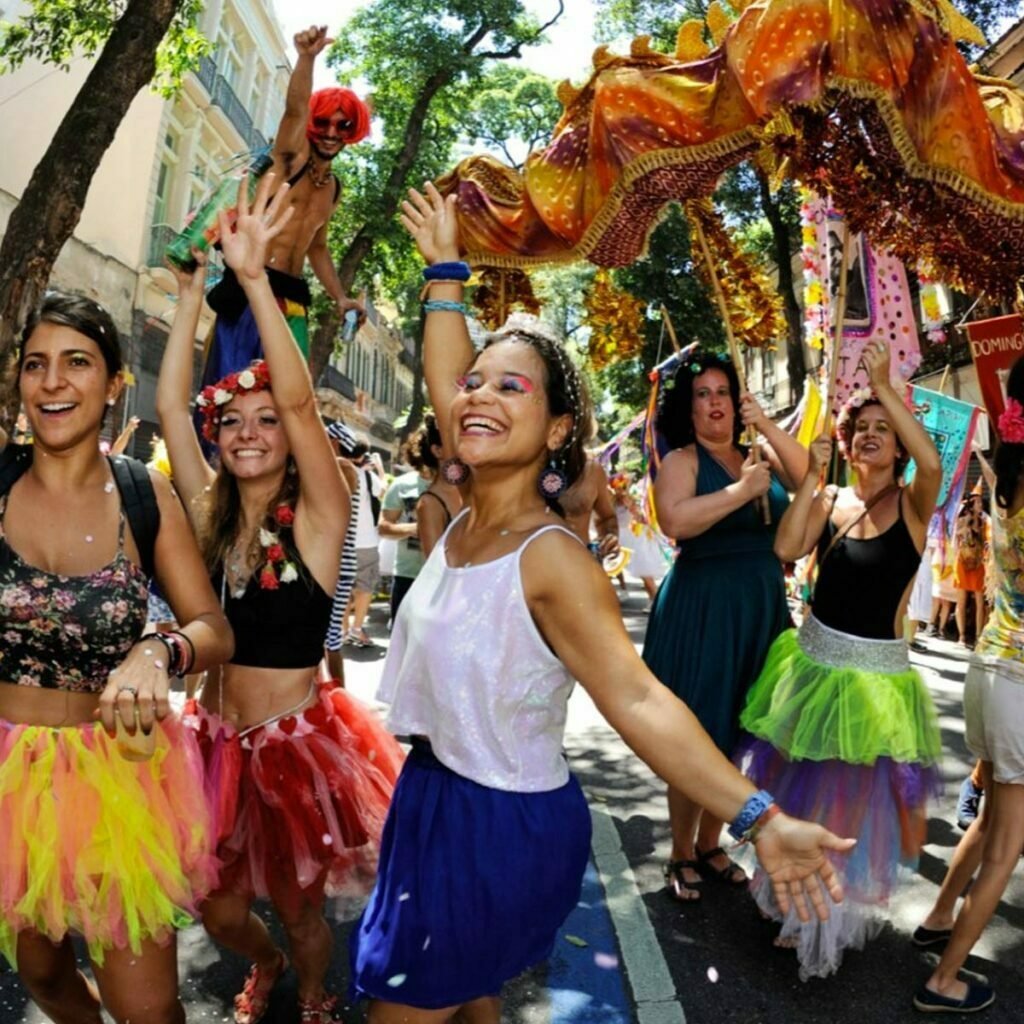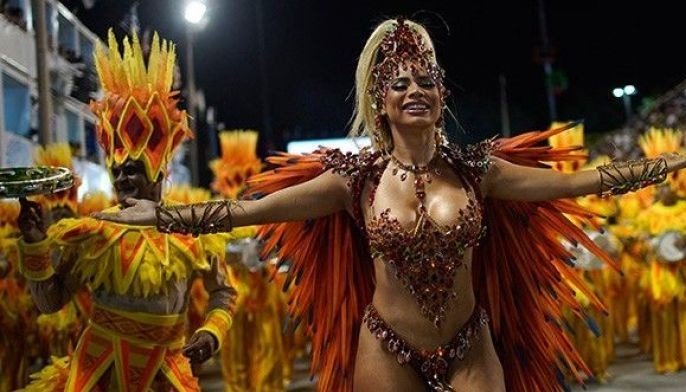Once more, gaudy and extravagant costumes were made. In the packed parade grounds in Rio de Janeiro, whilst samba music played nonstop until daybreak. There were countless loud, roving parties filling the streets. And the newfound celebration helped working-class communities both emotionally and financially.
Rio de Janeiro postponed Carnival by two months last year due to the COVID-19 pandemic, which also diminished some of the festivities that were enjoyed by locals primarily.

46 million people are anticipated to attend the celebrations, which got underway on Friday and will last until February 22. That includes tourists that travel to the cities that are famed for their Carnival celebrations, such as Rio de Janeiro, Salvador, Recife, and the lately popular metropolitan Sao Paulo.
The beginning of the festivities was marked on Friday by many mayors in Brazil, including Rio’s, symbolically delivering their Carnival Kings the keys to their cities. With revelers dressed as everyone from Pope Francis to the devil himself, the first street celebrations of the Carnival weekend got underway.

Thiago Varella, a 38-year-old engineer wearing a Hawaiian shirt soaked in rain, remarked at a party in Sao Paulo, “We’ve waited for so long, we deserve this catharsis.”
The majority of visitors were eager to attend the blocos, or street parties. There are more unofficial blocos than the 600 that Rio has approved. The largest blocos draw millions of people to the streets, including one bloco that plays Beatles songs to a throng of hundreds of thousands while keeping a Carnival rhythm. Last year, such substantial blocos were canceled.
The Sambadrome hosts the most impressive show. According to Jorge Perlingeiro, president of Rio’s association of samba schools, top samba schools, which are based in Rio’s working-class areas, spend millions on hour-long parades with extravagant floats and costumes.
In an interview conducted in his office next to the warehouses housing the samba schools, Perlingeiro stated that “what is nice and attractive costs a lot; Carnival materials are pricey.” It’s such a significant party, It is a celebration of culture, joy, amusement, leisure, and, in particular, its social and commercial aspects.
He continued by saying that this year’s Carnival will break all previous attendance records at the Sambadrome, where 18,000 paraders, 100,000 staff members, and spectators are anticipated daily in the sold-out venue. Rosângela da Silva, the wife of President Luiz Inácio Lula da Silva, has declared that she will attend the parade even if he is not anticipated to be there.
The first lady’s presence marks a change from the previous government of former President Jair Bolsonaro, who avoided the country’s most important cultural event.
After the United States, Brazil had the second-highest national death toll worldwide from the pandemic at about 700,000, and Bolsonaro’s approach was widely criticized, which hurt his chances of winning reelection in the end. In addition to the return of Carnival, many people at this year’s street parties are also rejoicing over Bolsonaro’s defeat.
Such was the situation on February 11 at the Heaven on Earth street festival in Rio’s artistic Santa Teresa district. Several revelers scaled fences to observe the sight from above the throbbing crowd as musicians beat their drums.
This year’s festival has some similarities to the 1919 event, which was held shortly after the Spanish influenza epidemic had killed tens of thousands of Brazilians but was no longer a serious threat. According to David Butter, who wrote a book about that year’s celebration and noted that since WWI had just ended, too, people were eager to shed their burdens.
For Carnival, there were so many people in Rio’s city center that, according to Butter, the entire area quickly ran out of water.

Carnival’s cancellation in 2021 and its scaled-back version the previous year devastated a sector that provides work for carpenters, welders, sculptors, electricians, dancers, choreographers, and everyone else engaged in putting on parades for the general public for almost a full year. As a result, the full restoration of Carnival is a boost for regional economies.
According to Ronnie Costa, president of the city’s tourism agency, Rio expects its pubs, hotels, and restaurants will generate roughly 5 billion reais (about $1 billion) in income. Brazil’s hotel association estimates that Rio’s hotels are 85% full and anticipates that last-minute offers will put that number close to its maximum. Also, small enterprises gain from this.
Jorge Francisco, who sells sequined and sparkling Carnival accessories at his store in downtown Rio, remarked, “Carnival is lovely, people are shopping, thank God all my staff are paid up to date.” “Everyone smiling and yearning, for me, this is a great thrill. That is how Carnival operates.




